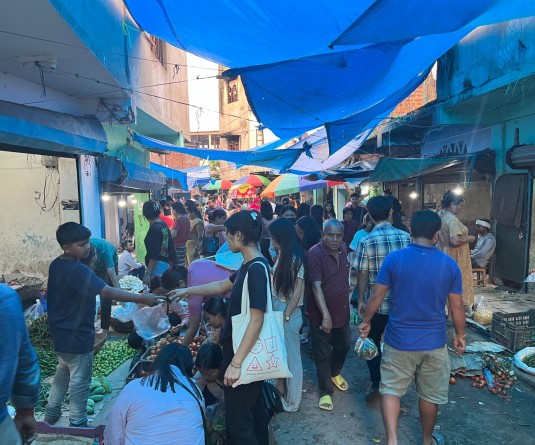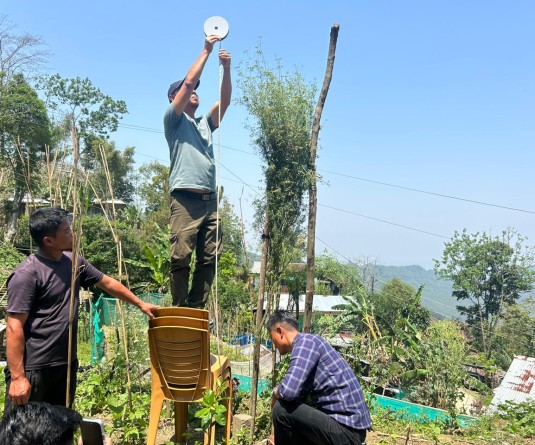
Vishü Rita Krocha
Zhavame | January 20
While women have naturally inherited the art of traditional weaving in the past, many young girls today grow up without acquiring this unique skill. With the passage of time, as more and more rural families also move to towns in pursuit of both education and employment, traditional weaving is soon becoming a fading art.
It was with this deep concern that the Zhavame Women Society (ZWS) organised what it called “Handicraft Day” on January 19, 2017 in the village gallery wherein women of all ages gathered to exhibit, share, teach and learn the art of weaving. Emphasizing that the fading art of traditional weaving is one of their greatest concerns, President of Zhavame Women Society, Shone Pohena underlined the need to revive the culture of weaving. “We are going to bring out more of these, teach the young girls…we will not leave this great culture behind”, she stated.
She further impressed upon that some cannot afford western clothes and if they weaved more, they would not only be able to make their own clothes but also reap economic benefit out of it. Pointing to “Lusa” (a shawl made of the stinging nettle), she said, there are four types in this regard and went on to say that these shawls do not hurt the skin, are hygienic and good to wear. She hoped that the culture of weaving will pick up among young girls in the days to come.
Additional Secretary (Retd.), Horticulture, Vechisalu Nukhu, who was also present on the occasion, asserted that traditional weaving is something we should not forget or abandon. Stating that it is especially important for young girls to learn this art, she expressed that education is not only about academic knowledge but also includes the skills to weave, stitch, cook, etc. “We have to learn and pass it on to the next generation”, she asserted, while particularly stating the need for the young girls dwelling in towns to learn.
On the warm January day, while the elderly reminisced their girlish days of growing up, the skilled women demonstrated the various procedures of weaving and young girls either watched or practiced the art themselves. A 75-year old woman recalled with delight that when she was young, girls her age would gather in the evenings and gladly weave after a long day’s work in the fields. “We didn’t have to go to school in our time, and we relished these evenings of working together and making our own attires”, she said.
On the other hand, a 12 year old girl named Rakovine Domeh, who was probably the youngest participant of the Handicraft Day expressed excitement to be learning the skill. She was weaving a traditional belt and expressed interest to further her knowledge even as a school going girl.
The Handicraft Day witnessed weaving of 15 traditional bags, 18 Shawls (Saparadu), 2 other shawls, and 4 traditional belts among others.




